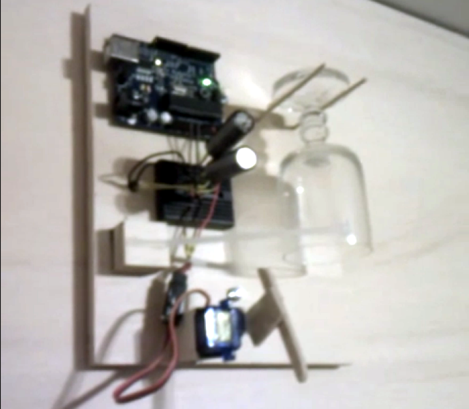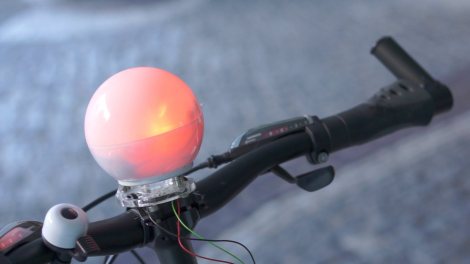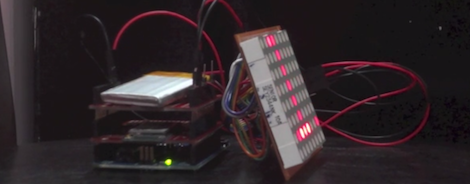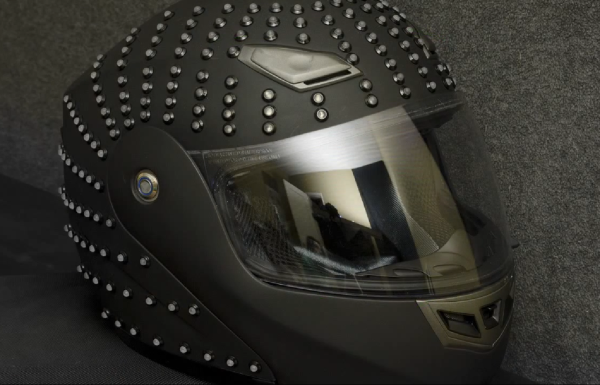
Even if you live in a dump this quick build will make your doorbell sound high-class. The new rig uses a crystal goblet to alert you of guests at the door. We suppose the room-silencing sound of flatware on a wine glass does make a great attention getter.
For [Tobias] the hardest part of the build was getting his wife to sign off on it. But he says the 1970’s era original was looking pretty shabby, which kind of made his argument for him. It took just two hours to develop and install the replacement. It uses a servo motor with an articulated striker to ping the glass which is hanging inverted between two pegs. The original AC transformer (which are most often 16V) was used to power the Arduino. He built a simple rectifier along with a big smoothing capacitor to make sure the Arduino doesn’t reset when voltage dips. Although it’s not mentioned in his comments, we’d bet the doorbell wire has been rerouted to connect directly to the Arduino, rather than remain patched into the power loop.
Don’t miss the clip after the break to hear how great this thing really does sound.
Continue reading “Crystal Doorbell Helps Class Up The Joint”
















